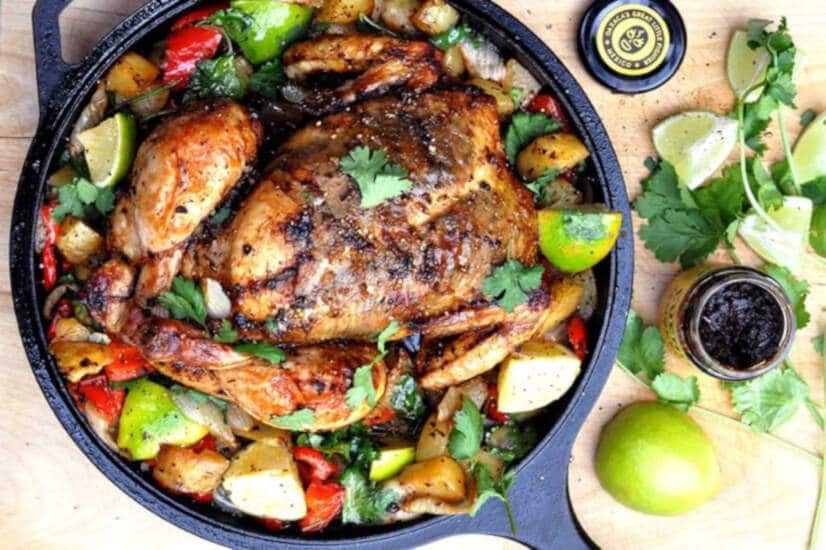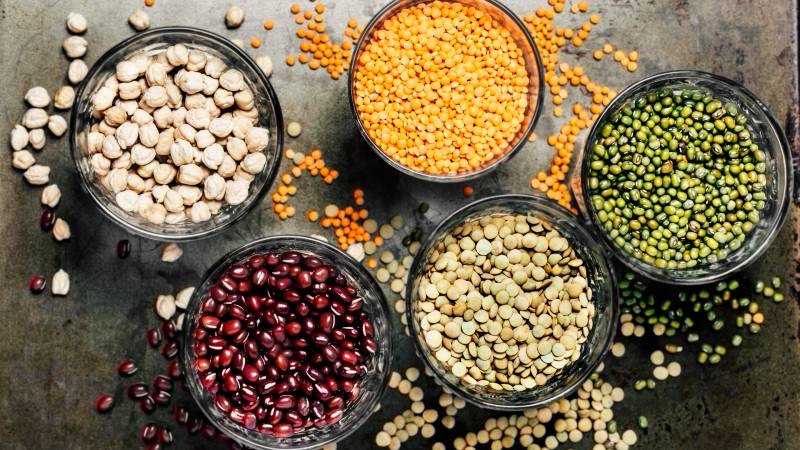
Bread is a beloved staple in many households—whether it’s used for making sandwiches, serving alongside a hearty soup, or enjoying a slice with butter. However, there’s one downside to keeping bread around for long: mold. It’s not uncommon to discover that loaf of bread you’ve forgotten about is now dotted with moldy spots. But before you decide to cut off the moldy parts and eat the rest, you may want to reconsider. Let’s dive into whether moldy bread is ever safe to eat, how long bread lasts, and the best ways to keep it fresh.
What Exactly Is Bread Mold?
Mold is a type of fungus that grows in the form of a network of microscopic roots, called mycelium, which penetrate the bread. What you see as moldy spots are actually the mold’s reproductive parts, which release spores into the air. These spores are spread by the wind and can contaminate other foods. Different species of mold, such as Penicillium, Fusarium, and Aspergillus, commonly grow on bread.
Mold thrives in warm, moist environments, making bread an ideal host for fungal growth, especially when it’s left out for an extended period or stored improperly. As mold spreads, it infiltrates the entire loaf, which means it’s not just the visible spots that are concerning.
Is It Safe to Eat Moldy Bread?
In short, no—it’s not safe to eat moldy bread, even if you cut off the visible mold. While it might be tempting to simply remove the moldy sections and enjoy the rest of the loaf, mold often spreads throughout the bread, and its microscopic threads can infiltrate even parts that appear unaffected.
The USDA’s Food Safety and Inspection Service clearly advises against eating moldy bread. The root system of the mold can extend far beyond what is visible to the naked eye, so the entire loaf is likely contaminated with mold. While some types of mold on bread may not cause immediate harm, others can produce mycotoxins, harmful substances that pose health risks.
Why You Should Never Eat Moldy Bread
When mold is present on food, it can produce mycotoxins, which are toxic substances that can cause food poisoning and other health issues. Ingesting moldy bread may lead to symptoms like nausea, vomiting, and diarrhea. For people with weakened immune systems, the elderly, pregnant individuals, or children, these risks are even higher. Certain molds, such as those from the Rhizopus genus, can even cause mucormycosis, a rare but serious infection.
It’s crucial to remember that just because some moldy bread doesn’t immediately cause illness doesn’t mean it’s safe. Long-term exposure to mycotoxins can damage your gut health, potentially affecting beneficial bacteria and raising the risk of other health issues, including liver damage.
What Happens If You Eat Moldy Bread?
If you accidentally eat moldy bread, the impact on your health can vary. Many people experience mild symptoms like nausea or stomach discomfort, which may pass after a short time. However, for those with compromised immune systems or certain medical conditions like diabetes, eating moldy bread could have more severe consequences.
The effects of mold consumption also depend on the type of mold involved. Some molds are known to produce mycotoxins that can cause long-term health problems. According to a 2018 review published in Frontiers in Cellular and Infection Microbiology, consuming mycotoxin-contaminated foods over time may increase the risk of liver cancer and digestive issues.
If you feel unwell after eating moldy bread, it’s important to seek medical advice. Particularly if you experience severe symptoms like difficulty breathing, chest pain, or persistent vomiting, it’s best to consult a healthcare professional immediately.
Can I Just Cut Off the Moldy Parts and Eat the Rest?
No, cutting off the visible mold doesn’t make the rest of the bread safe to eat. The reason is that mold can spread deeply into the bread, often beyond what you can see. Even if you cut away the moldy spots, microscopic mold threads can still be present, potentially leading to foodborne illness.
It’s safest to discard the entire loaf if any mold is present. While it might feel wasteful, it’s better to err on the side of caution when it comes to your health. The risks of eating moldy bread are simply not worth it.
How to Keep Bread Fresh and Avoid Mold
Proper storage is the key to preventing mold from growing on your bread. Here are some tips to help extend the shelf life of your bread and keep it fresh:
1. Store Bread in a Cool, Dry Place
Bread should be stored in a cool, dry location, preferably in a breadbox or a paper bag. Avoid leaving bread in plastic bags for extended periods, as moisture can build up inside the bag and encourage mold growth.
2. Use the Freezer
To prevent bread from going moldy before you can finish it, consider freezing it. Most types of bread can be frozen for up to three months without losing quality. Simply slice the loaf before freezing for easy access to individual slices.
3. Avoid Storing in the Fridge
While it may seem logical to store bread in the fridge to prevent mold, refrigeration can actually cause bread to stale faster. The cold environment causes the starches in the bread to crystallize, making it dry and hard.
How Long Does Bread Last?
The shelf life of bread depends on whether it’s homemade or commercially baked, and how it’s stored.
-
Homemade bread: Lasts about 3 to 5 days at room temperature. For longer storage, you can freeze it for up to 3 months.
-
Commercial bread: Often contains preservatives that extend its shelf life. It can last 2 weeks at room temperature, 2-3 weeks in the fridge, and up to 5 months in the freezer.
The Bottom Line: Don’t Eat Moldy Bread
Even though it’s tempting to simply cut off the mold and eat the rest, it’s not worth the risk. Mold can spread deeper than what’s visible, and consuming moldy bread can lead to foodborne illness, especially if the bread is contaminated with mycotoxins. Always discard moldy bread and store your bread properly to prevent mold growth. If you’re unsure whether your bread is still good to eat, it’s always safer to throw it out.
For more information on how to store bread and avoid mold, visit the USDA Food Safety page on bread storage tips.

Moldy bread with visible mold spots, illustrating the danger of eating moldy food.




